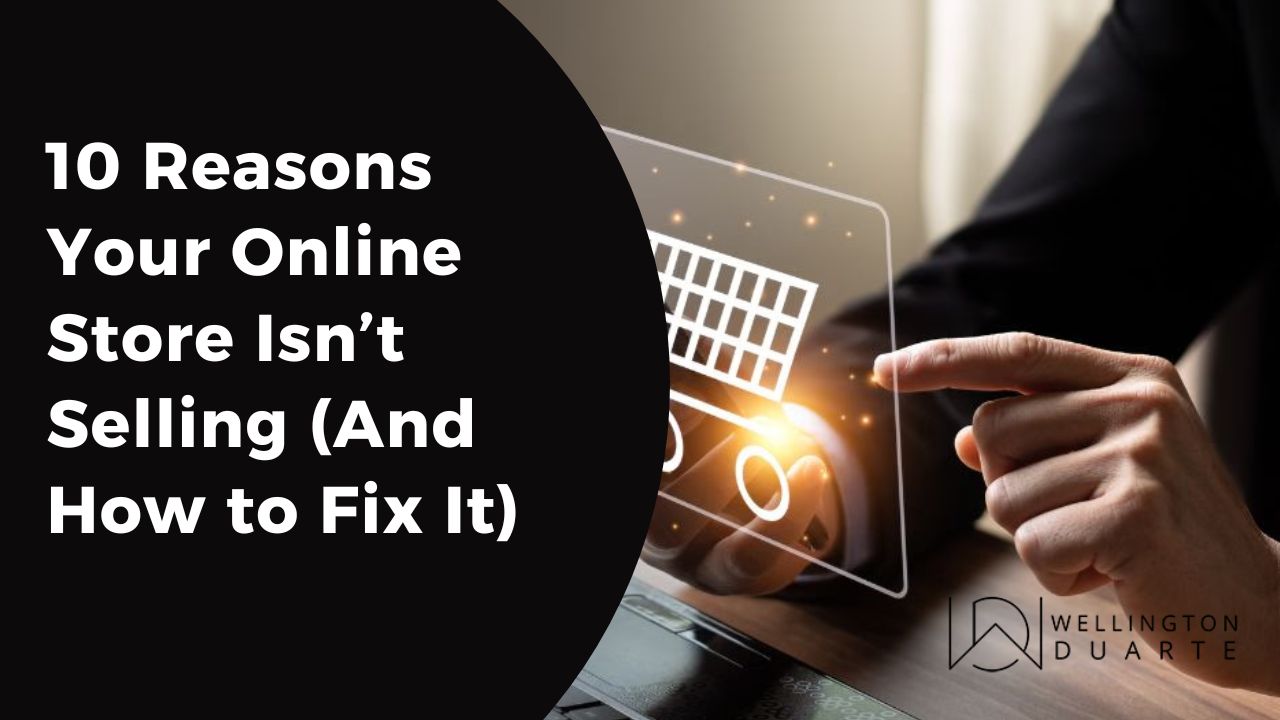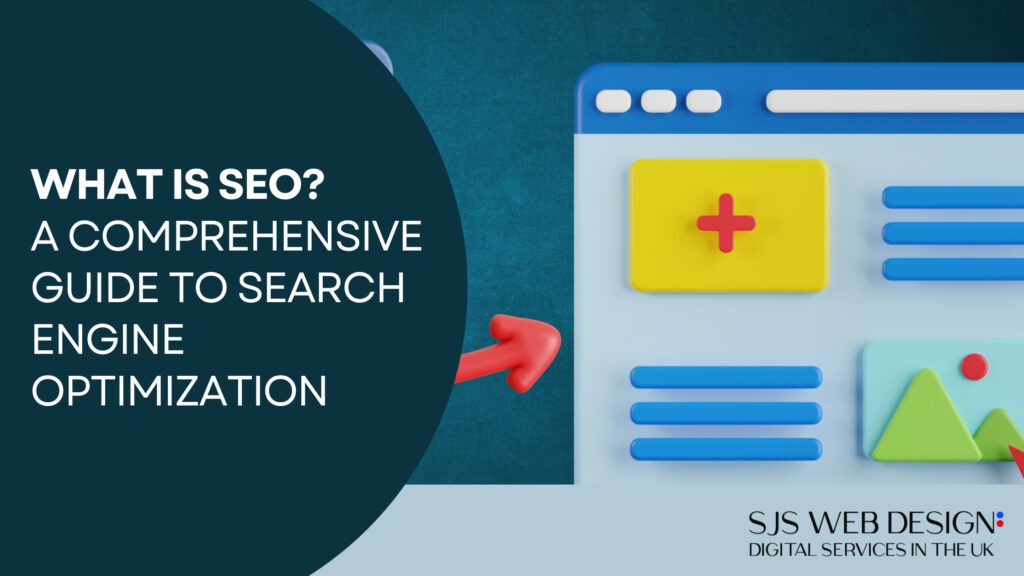Why Your Online Store Isn’t Selling (Yet)
If you’re here reading this, it’s probably because you already have an online store. You sell through e-commerce. But you’re not satisfied with your results. Maybe you’re not making any sales at all. Or maybe you’re selling, but nowhere near what you thought or hoped you would.
Let’s get straight into it. I’m going to share the 10 real reasons why you’re not selling. These are the 10 main points that, once sorted out, will make it impossible not to sell. If you’ve got all 10 points properly handled, you’re going to sell — and sell a lot.
1. You Don’t Have Enough Traffic
This one’s huge! If no one’s visiting your store, you’re not going to sell. Period.
“I was talking to someone recently who said they were getting about 20 visits a day. And I said — well, there’s your problem.”
Online sales is a numbers game. Think of a physical shop — if no one walks in, no one buys. Same goes online. You need traffic. Whether it’s from content marketing, ads, influencers, email, SEO focused on e-commerce, no traffic, no sales.
2. You’re Not Doing Remarketing
99% of people who visit your site won’t buy on their first visit. That’s why you need remarketing.
Install the Facebook Pixel and Google Ads Remarketing Tag on your site. It’s easy — ask your platform or developer. Once that’s done, you can follow up with people who already showed interest.
“There’s something called the Rule of 7 — people need to interact with your brand around seven times before they buy.”
3. Your Offer Sucks
This isn’t just about giving discounts. Your offer includes:
- Price
- Payment terms (instalments, interest-free, etc.)
- Delivery time
- Shipping fees
If any of these are worse than your competitors, you’ll lose. And to create a strong offer, you need to buy well from your suppliers.
“If you buy wrong, you can’t sell right.”
4. You Have No Social Proof
No testimonials? No reviews? That’s a big red flag. People want to know that others trust you first.
If you’re just starting out, get testimonials from friends or family. Don’t wait. Ask for feedback actively. Build a bank of social proof.
“People buy from who they trust. And they trust who other people trust.”
Research link: Nielsen: 92% of consumers trust recommendations from others
5. Your Platform is Bad
Sometimes, the problem is the tech. Maybe your store is slow, or maybe the design is sketchy, or it doesn’t look secure.
People need to feel safe. Your store should be:
- Fast on mobile and desktop
- Easy to navigate
- Secure (SSL, visible badges, etc.)
- Beautiful (design matters!)
Try this: Test your website speed with Google PageSpeed Insights
6. You Don’t Create Content
You can’t just list products and wait. You need to create value through content:
- Videos comparing products
- Blog posts solving customer questions
- Reels or Stories showing behind-the-scenes
This builds trust and authority. People find you organically. And they see you as an expert.
“When people find your content helpful, they start to trust you.”
Tip: Start with one format (e.g., weekly blog posts or Instagram tips). Keep it consistent.
7. Weak Presence Outside Your Store
People will Google your brand before buying. If they find nothing — no Instagram, no YouTube, no blog — they’ll get suspicious.
“Even if you’re legit, perception is what matters. And your competitor might look more real just because they’re on more platforms.”
Choose one channel to focus on. Build depth there. Then expand.
8. You’re Not Running Ads (Or Running Them Wrong)
Organic is great. But let’s be honest — ads are necessary. Start with a small budget. But be smart about it.
- Use ads to follow up (remarketing)
- Use them to test new audiences
- Use the data to refine your strategy
Don’t just “boost” randomly. Learn how to set up proper campaigns on Meta Ads and Google Ads.
“The problem isn’t the ad platform — the problem is not knowing how to use it.”
9. You’re Not Selling on Marketplaces
Amazon, eBay, Shopee… They already have traffic. Use that to your advantage.
If you’re only selling on your own site and not getting results, test your top products in a marketplace. Start with a product that you know people want — even if the profit is low. Build reputation and traction first.
“First you win visibility. Then you scale. That’s the play.”
10. No Retention or Loyalty Strategy
You sold once. Congrats. Now what?
You need a strategy for repeat sales. That means:
- Rewards programmes
- Exclusive discounts for return customers
- Email campaigns and WhatsApp follow-ups
It’s easier and cheaper to sell to someone who’s already bought. They’ve already gone through the objections. They trust you.
Stat to consider: Increasing customer retention by 5% can increase profits by 25% to 95%. (Harvard Business Review)
Final Thoughts
Go through these 10 points like a checklist. Print them. Work through them one by one. Fix what’s missing.
And once you do… I promise: the sales will come.
Let’s go.



